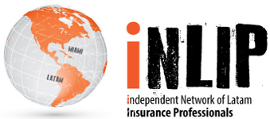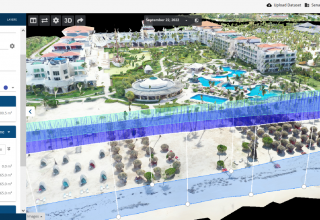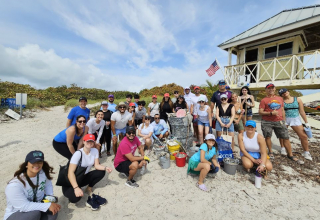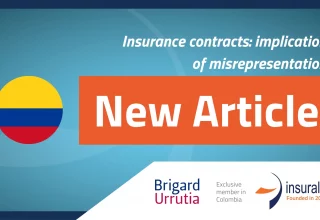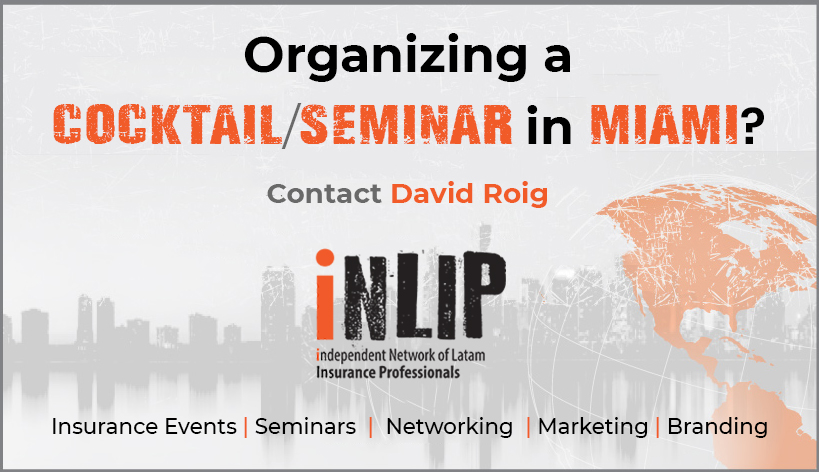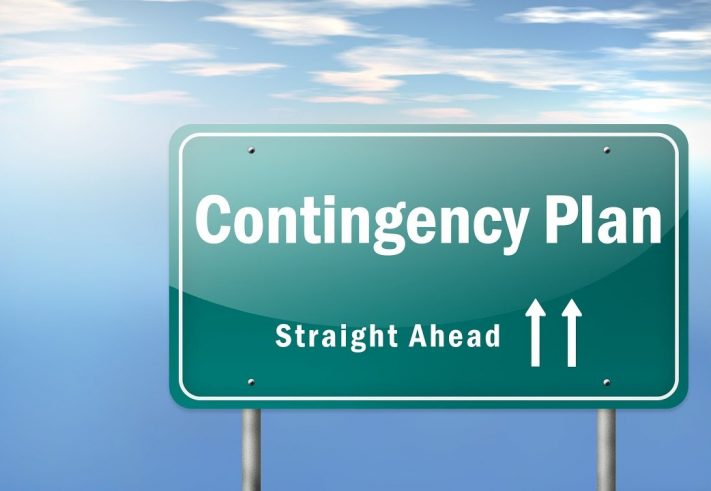
Given the nature of the business, the Insurance Industry coexists with uncertainty and in that vein, with the constant need to be prepared for whatever may occur. For those working on underwriting, insurance products development, actuarial calculations for claims management, modelling and attempting to predict risk patterns, uncertainty is a constant source of concern. The point is to be prepared for the only certainty, which is that a loss will certainly occur, and what is more, is that it will be is be a severe as it can be.
This debate is of vital importance when we refer to Natural Disaster risks, also known as Catastrophic risks, which each year, capture absolutely everybody’s imagination when the hurricane season commences in the Pacific Ocean and in the Atlantic (during the second half of the year); additionally, we cannot overlook the constant threats of earthquakes, tsunamis, frost, heavy rainfall, etc.
Thus, Business Continuity and Contingency Plans – the backbone of every company’s “Business Resiliency” – are becoming much more of a functional necessity, than a simple collection of processes that comply with best practices.
It is this point, that requires insurers, brokers and suppliers to constantly focus their efforts. Insurers who offer their clients Natural Disaster products, are obliged to provide answers and to remain in business, even if the phenomena they provide cover for, also affects them.
Their ability to focus, in a market that offers a wide range of products, shapes their competitiveness and credibility. Naturally, Insurers devise a series of alternative measures in advance of these occurrences. In that respect, they are highly reliant on their suppliers, and require them to have their own contingency plans in place, which are aligned with those of the Insurer.
The question then arises, how will the business continuity plan respond? or, how will the suppliers respond? The truth is, that Insurers frequently have little control over the latter and over the measures these implement to continue operating in the case of a Natural Disaster; this turns most contingency plans into a paper exercise.
Following the alleged litmus test that was the Atlantic hurricane season of 2017 (three major hurricanes affecting the Caribbean and US territories), and simultaneously, two significant earthquakes in Mexico, as well as record forest fires in the State of California, the need for certainty regarding the ability of Insurance and Reinsurance suppliers being able to comply with their commitment, is paramount.
Basic aspects, such as: how many los adjusters do we have that can be sent to the affected area? do they speak the local language? how can we ensure the minimum logistics needed for them to be able to work? These questions must be dealt with decisively, especially given that previous experience brought these weaknesses to light.
Do local and international adjuster firms have committed professionals on staff? Do the same names always appear on the different contingency plans? Prior to 2017, these questions were not really being asked. However, do the contingency plans even consider the possibility that international los adjusters might require a certain migratory status and/or work permits to work in the affected territories? Once again, in the face of an emergency, experience has taught us that we cannot presume that the authorities will allow these aspects to be overlooked (e.g. Puerto Rico, the Virgin Islands, Texas, and other areas).
At ADVANTA we have successfully concluded a “Stress Test”, in conjunction with some Insurers in the Caribbean area, who have asked us to update our contingency plan, as we do each year. This Stress Test is simply a simulation designed to determine an Insurer’s capacity to comply with its business continuity plan. As with all insurance industry suppliers and consultants, Advanta has submitted its plan, and the company’s ability to continue at full operating capacity, should a Natural Disaster occur with all its typical outfall, has caught the attention of Insurers.
The Stress Test measures the degree of reliability with which a business continuity plan can be enforced, and diagnoses any weaknesses so that corrective measures can be implemented in a timely fashion. We offer this resource to the market on the understanding that, if something can go wrong, it will go wrong (Murphy’s Law), and to lend weight to these flaws, and detect any bottlenecks. Finally, a matrix that clearly identifies critical paths for a successful operation.
We understand this a not an infallible test, but it does raise eyebrows every time we have activated it.

Director
About iNLIP, independent Network of Latam Insurance Professionals
